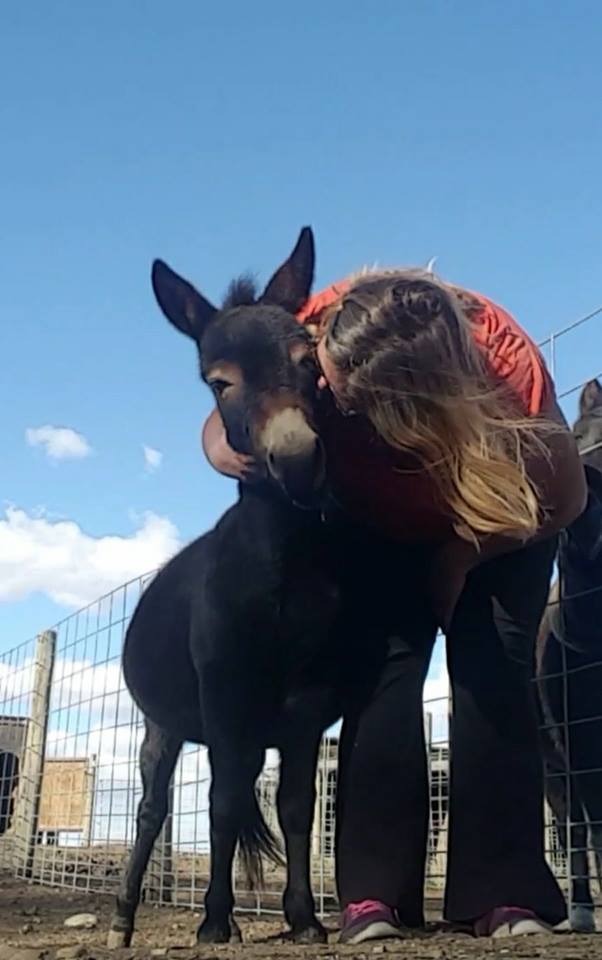I had a teacher in high school that I didn’t understand At All.
She might as well have been speaking a different language trying to teach me math, to the point that she would teach the class, and then my friend Bonnie would turn around and teach me whatever she’d just learned from the teacher. I simply didn’t learn the way that teacher tried to teach me, but Bonnie’s way of explaining made sense to me.
It’s the same with horses. We can’t choose one way – of feeding, training, or management – and think that it’s going to work for every horse. It isn’t. They’re as individual as you and I.
That’s why it’s important to learn as many different training techniques and philosophies as you can, because you never know exactly which approach is going to be the one that is going to make the most sense to your horse.
And if what you’re doing isn’t working, don’t keep trying the same way. When I was sitting in that math class, it didn’t matter how many times the teacher repeated the lesson, it wasn’t going to make any more sense to me than it did the first time. I needed to hear it explained in a completely different way before I was going to understand. If your horse doesn’t understand, doing the same thing more or harder isn’t going to make it clear to them. Re-evaluate and try another approach instead.
Unfortunately, a lot of training systems don’t allow for these differences is learning and understanding, which can result in a square peg horse being wedged unsuccessfully in a very round hole. That’s why I’ve tried to include in my online courses, like the Groundwork Masterclass, multiple approaches to teach the same skill, and troubleshooting options, to help you start thinking outside the box and make sure you’re training the horse in front of you, using an approach that makes sense to them.
“The definition of insanity is doing the same thing over again but expecting different results.” While it’s agreed that Albert Einstein probably didn’t say this oft credited quote, it’s something that can be helpful in our horse training endeavours.
If at first you don’t succeed, try again. But just don’t try exactly the same way – you’ve already proven it doesn’t work, make adjustments, and do better for your horse next time.

Kendra. You have hit the nail on the head. I lost my Dad in 1968, would you believe on Valentine’s Day. Valentine’s Day was also my Mom’s birthday. Dad was more intuitive than my Mom who felt safe with firm guidelines. Was your friend Bonnie also involved with minis? If she was, then my husband Alan taught her at SAIT, She would have had to understand math which is also a favorite subject of Alan’s.
See you Wednesday. Take care.
Ellie Bishop
Different friend Bonnie! That Bonnie was older than me, so we didn’t go to high school together.
Valentine’s Day was a busy one – my Great Grandma passed away on her birthday. My dad, on Family Day. Funny how things work out sometimes isn’t it?
See you Wednesday!
An excellent article. It’s so easy to get stuck! The timing is also tricky, ie, staying with your method of teaching to give your horse the chance to understand progress with small steps…but then being able to notice (listen to your horse) when it’s time to change your method of training, so the ask is clearer for your horse. That’s what I struggle with.